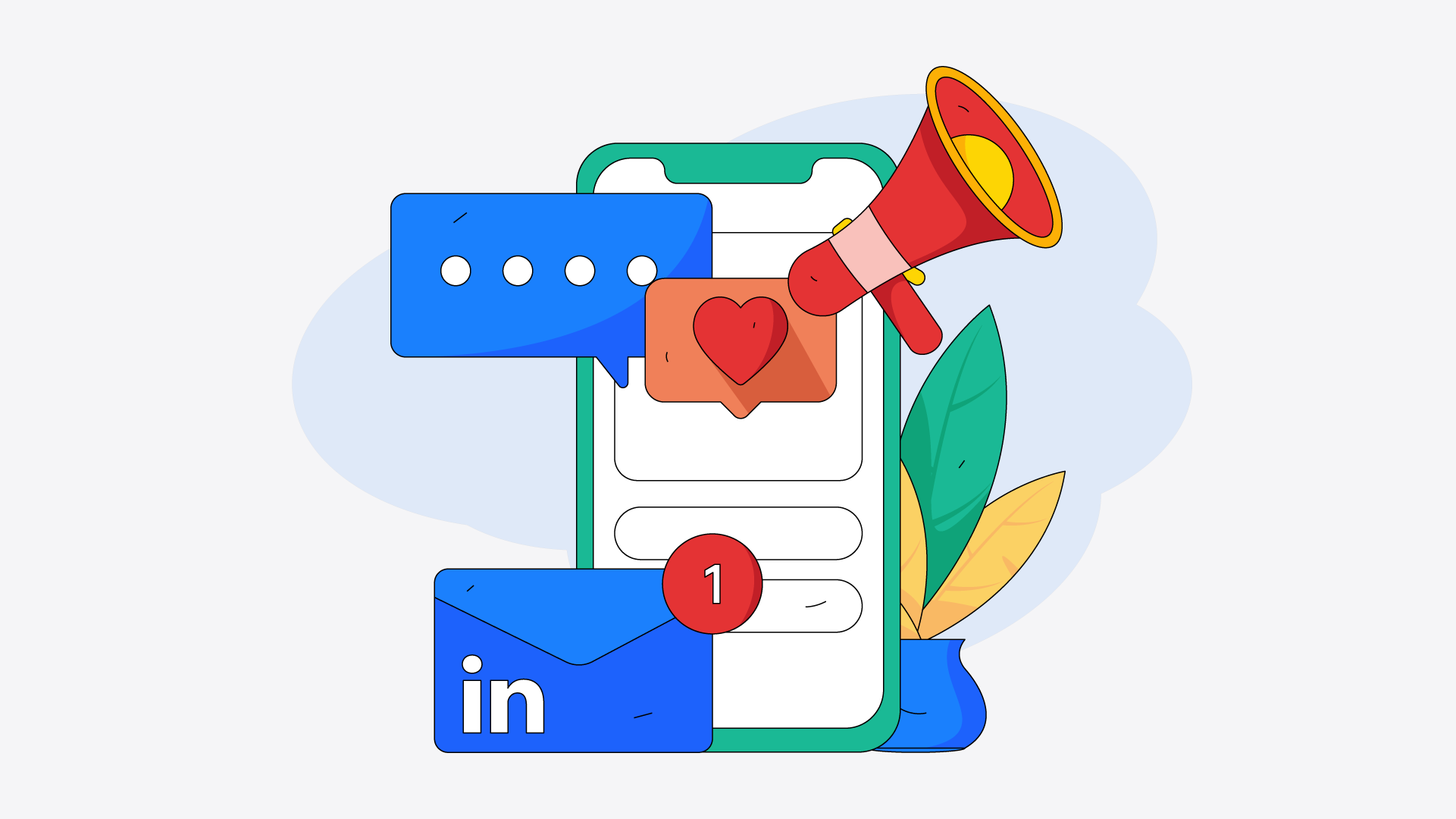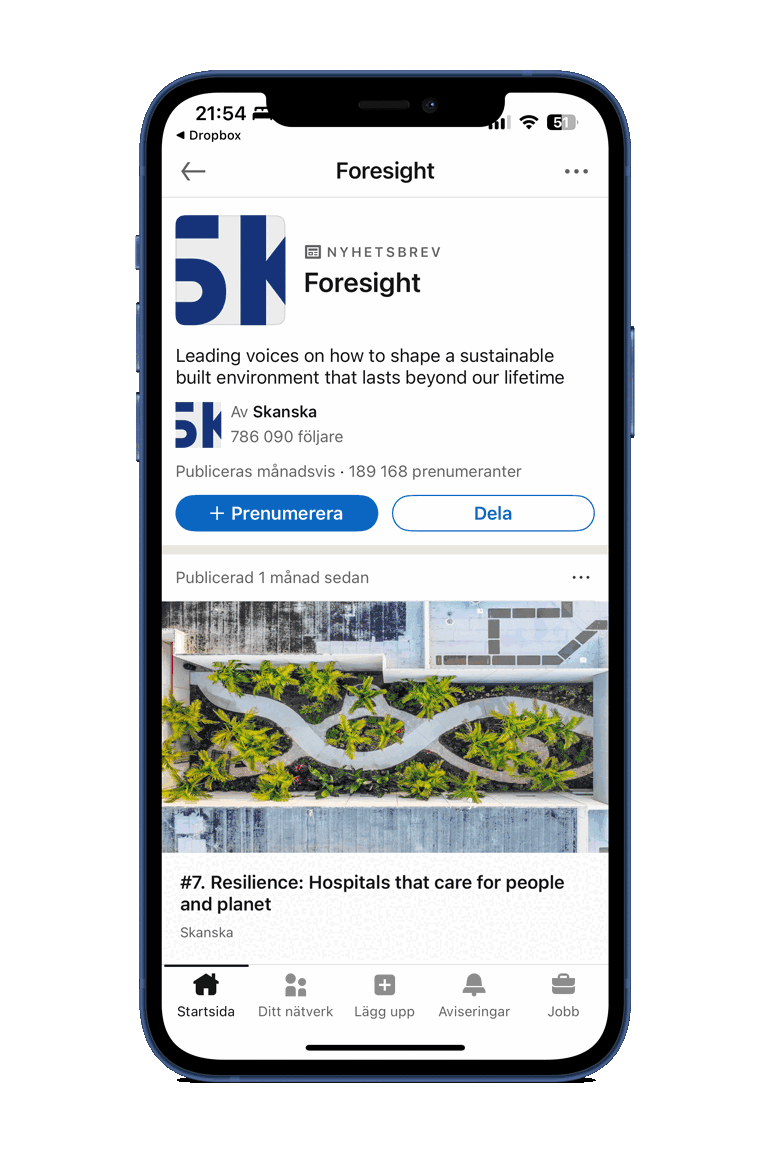1. You’ll speak directly to a relevant audience
On LinkedIn, users are already in a professional mindset. Therefore, your content has a greater chance of being received with engagement, especially if it ties into the recipient’s role, industry or challenges. When someone starts subscribing to your newsletter, they also get a notification every time a new issue is sent out. This has a completely different and more targeted impact than regular posts that pop up in their feed.
2. It builds stronger trust in your brand
A newsletter gives you the opportunity to communicate regularly, with a clear format and a recognisable sender. It creates continuity, and it is precisely this continuity that allows you to build trust and expert status in your field in the long term. The format is also great for profiling your own experts as ‘thought leaders’.
3. You own the conversation here
In LinkedIn’s regular feed, algorithms control what is seen but in the newsletter, you own the format. You set the pace and regularity of your communication, you choose the content, and then you can follow up on how it is received. This provides a unique opportunity to drive your own themes and initiatives, instead of always reacting to what others say.
4. Measurable impact
What good would digital marketing be if you couldn’t measure the impact? LinkedIn also shows statistics for each email: how many people have opened, clicked and interacted with your content. That means you can see how the subscriber base develops over time, which makes it easier to test different angles, find the right tone and optimise the content, and base it all on concrete results.
5. Long-term value through content that lives on
Each newsletter becomes its own landing page on LinkedIn. It becomes like a digital customer magazine that is searchable and shareable even long after publication. The content has a longer life – a well-written newsletter can continue to attract new readers for weeks or months after it has been sent out.

